In this post we will take a look at how Heads Up Health can help you successfully navigate the challenges of implementing and maintaining a ketogenic diet. In particular, we will introduce tools that can help you track your progress, fine tune your approach and find exactly what works for your own body as you adopt a low-carb ketogenic lifestyle.
If you want to skip ahead and start logging some data now, use the button below to create your account. Or read on for our “Five Steps to Jumpstart the Ketogenic Diet.”
 There are a few important areas to pay attention to when it comes to tracking your blood sugar on keto:
There are a few important areas to pay attention to when it comes to tracking your blood sugar on keto:
 4b. Breath ketones: This method is more affordable as it does not require expensive test strips. Devices like the Ketonix breath ketone meter and the LEVL device provide a reusable and accurate method for testing.
4b. Breath ketones: This method is more affordable as it does not require expensive test strips. Devices like the Ketonix breath ketone meter and the LEVL device provide a reusable and accurate method for testing.
 4c. Urine ketones: This is most basic method, yet it does work for many people and the test strips are relatively inexpensive. This is a great place to start for beginners and you can move into the blood or breath methods if your needs (and your budget) permit.
4c. Urine ketones: This is most basic method, yet it does work for many people and the test strips are relatively inexpensive. This is a great place to start for beginners and you can move into the blood or breath methods if your needs (and your budget) permit.
 Some people may find they can effortlessly enter ketosis within a few days of following a low-carb/high-fat ketogenic diet. For others, it may take weeks of trial and error. A lot depends on your own unique level of metabolic health.
Testing ketone levels can be a very helpful piece of biofeedback as your learn to master the ketogenic diet. Heads Up Health supports all three methods (blood, breath and urine).
Some people may find they can effortlessly enter ketosis within a few days of following a low-carb/high-fat ketogenic diet. For others, it may take weeks of trial and error. A lot depends on your own unique level of metabolic health.
Testing ketone levels can be a very helpful piece of biofeedback as your learn to master the ketogenic diet. Heads Up Health supports all three methods (blood, breath and urine).
 Once you have a good handle on what it feels like to be in ketosis and which variables affect your level of ketosis (sleep, stress, exercise etc.), you may find yourself needing to test ketones less frequently. Conversely, if you are using the keto diet for cancer, epilepsy, diabetes, obesity or fasting protocols, you may still need to test regularly.
For more information on how to track ketones with Heads Up Health, check out this video:
Once you have a good handle on what it feels like to be in ketosis and which variables affect your level of ketosis (sleep, stress, exercise etc.), you may find yourself needing to test ketones less frequently. Conversely, if you are using the keto diet for cancer, epilepsy, diabetes, obesity or fasting protocols, you may still need to test regularly.
For more information on how to track ketones with Heads Up Health, check out this video:
[maxbutton id=”1″]
Step 1 – Master Your Macronutrients (Protein, Fat & Carbs)
The hardest part about going keto, especially for beginners, is learning how to adjust your food intake to meet the requirements of a ketogenic diet. The ketogenic diet is a low-carb diet (25 grams of carbs per day is a common starting point). The rest of your daily calories will come from protein and fat, the exact amounts of each depend on your goals (muscle building, fat loss, endurance athletics, disease management etc.). If you’ve never counted calories or read food labels before, learning how to correctly adjust your diet can be tricky at first. Start by calculating your target protein, fat, carb and calorie goals by using a macronutrient calculator designed for ketogenic diets. We’ve included a few good calculators in the appendix.- Example: When I first came off the Standard American Diet and started keto for general weight loss, I set a goal of 80% fat/15% protein/5% carbs. It took a few weeks of trial and error to learn which foods I could to eat in order to reach my goals, but it got easier with practice. Over the course of about six months my weight dropped from 197 pounds to 184 pounds and my body fat dropped from 24% to 20%. Overall I was very pleased with these initial results.
- Example: After losing a good amount of weight during my first six-months on keto, I wanted to shift focus from losing weight to building muscle. I used the Ketogains calculator and shifted to a daily goal of 1,600 calories consisting of 124 grams of fat, 100 grams of protein and 20 grams of carbs and shifted my exercise routine from cardio to strength training with weights.
Step 2 – Balance Your Blood Sugar
In addition to preferred nutrition app, your glucometer will become another very important tool in your keto toolkit. We recommend the Keto-Mojo glucose and ketone meter. This is an accurate and affordable dual-function meter (glucose and ketones). Additionally, it electronically syncs with Heads Up Health so you can monitor your glucose and ketone readings next to all your other health metrics, which is important for tracking progress and fine-tuning keto for your own goals.
Keto-Mojo Glucose and Ketone Meter
- Fasting blood sugar: Your “fasting” blood sugar is taken after consuming no food or drink (except water) for a period of 8 hours. Typically this measurement is taken first thing in the morning upon waking. Your fasting blood sugar will drop significantly on keto as you reduce your carbohydrate intake. This is also one of the first telltale signs that your body is on the way toward a state of ketosis.
- Example: When I am not following a low-carb/high-fat ketogenic diet (i.e. eating whatever I want), my fasting blood sugar typically ranges between 95-100 mg/dL (5.3-5.6 mmol/L). When I am following a keto diet, my fasting blood sugar is typically between 80-85 mg/dL (4.4-4.7 mmol/L). I’ve gotten to know my body well enough that after about three consecutive days of fasting readings between 80-85 mg/dL, I expect to be in ketosis and will measure my ketone levels to confirm (more on that later).
- Post-prandial blood sugar: “Post-prandial” simply means a blood sugar reading taken after you eat a meal. Our goal on keto is to keep blood sugar low, thereby minimizing our insulin response. If you aren’t sure how your body will respond to a certain meal, test your blood sugar one-hour, two-hours and three-hours after eating. Try to limit post-prandial blood sugar to below 140 mg/dL (7.8 mmol/L) and ideally below 120 mg/dL (6.7 mmol/L). Healthy fats consumed in food have virtually no impact on blood sugar, which is part of the reason why a low-carb/high-fat diet is excellent at keeping you feeling full AND minimizing blood sugar response.
Step 3 – Beat Down Body Composition
Weighing oneself every few days is another important monitor. The state of ketosis causes a diuretic effect resulting in weight loss due to loss of body fluid in the first few weeks of going keto. This is why it is imperative to hydrate with fluids and electrolytes and keep an eye on the scale, especially during the early stages of keto. Once your body’s mineral and fluid levels have had a chance to adapt to the new diet, your body will start melting away unwanted fat. By keeping blood sugar low through a low-carb/high-fat diet and minimizing insulin response, we shift the body’s metabolism to burning fat instead of storing fat. Even better is the fact that unlike a traditional calorie-restricted diet, you won’t be sacrificing muscle mass as you lose weight. It is important to track BOTH weight AND body fat on ketogenic. If the weight number isn’t moving down but the body fat number is, you are on the right track. You are building and maintaining muscle mass while the fat mass is going down! You will likely notice your clothing starts to fit much better, even though your total scale weight may not be moving as fast as you’d like. Heads Up can automatically connect to wireless scales from FitBit, Withings and more. We can also import your weight readings from Apple Health or Google Fit. You can also enter the data manually from any scale you want. There are limitations with scales as a measure of body composition, but the data can still be a helpful guide. For more advanced body composition testing, consider periodic DEXA scans, which are considered the gold standard. For example, I personally use a Tanita body fat scale at home for daily readings and I supplement this with bi-annual DEXA scans. Lastly, you may also want to track body measurements. In many cases, scale weight may not be moving as fast as you’d like (you may even be gaining weight as you build muscle and lose fat), but your body composition is indeed improving dramatically. You can track your body tape measurements in your Heads Up profile as well. See this post for more information.Step 4 – Time to Test the Ketones
So now you’ve dialed in your macronutrients with MyFitnessPal (or whichever nutrition app you prefer), you’ve seen your fasting blood sugar readings come down as you’ve restricted carbohydrates in your diet and you are seeing your weight start to come down on the scale. Next step is to test ketone levels to ensure your body is entering into ketosis. There is a big difference between just eating a low-carb/high-fat ketogenic diet and actually being in a state of ketosis which you’ve verified with ketone testing. This is an important distinction to understand, especially for beginners. There are three methods you can choose from for testing ketones: 4a. Blood ketones: This is considered the most accurate method. Just like testing blood sugar, it’s a drop of blood onto a finger stick to get a reading. Nutritional ketosis is considered to be in the range of 0.5 – 3.0 mmol/L.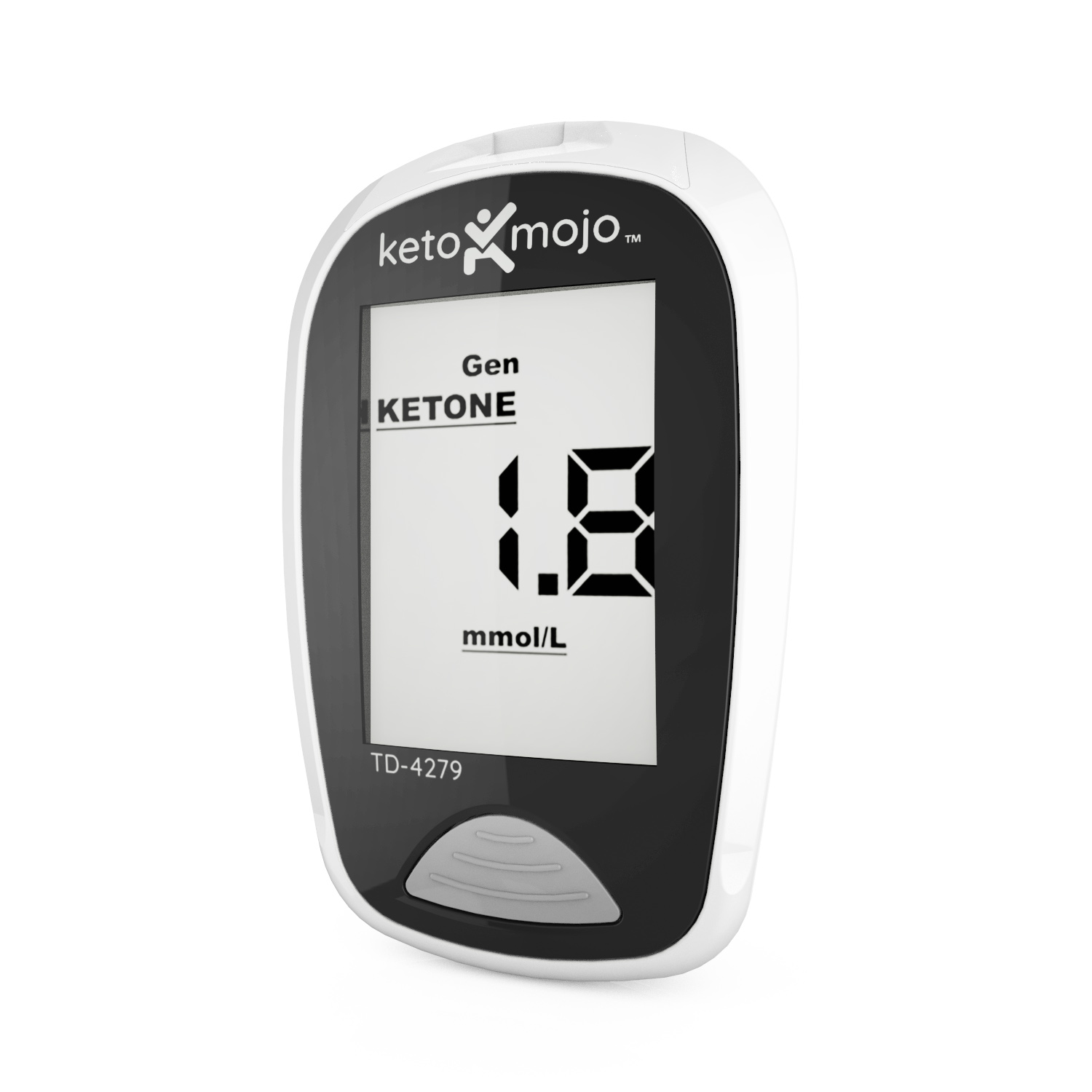
Keto-Mojo dual-function glucose and ketone meter

LEVL breath ketone device

Perfect Keto urine test strips for ketosis
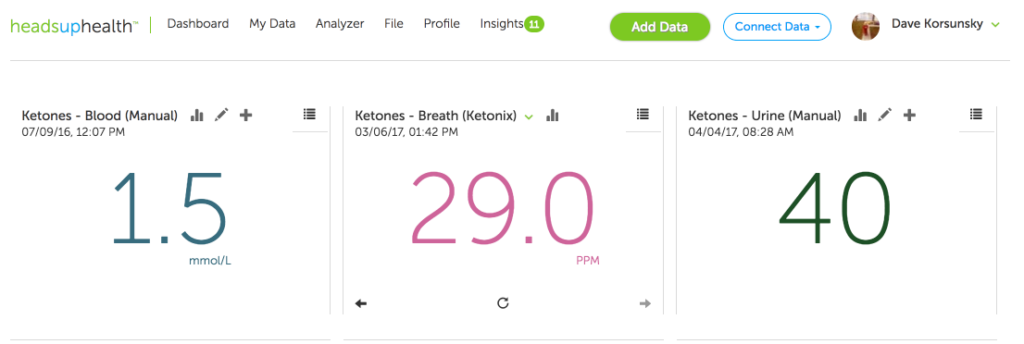 Once you have a good handle on what it feels like to be in ketosis and which variables affect your level of ketosis (sleep, stress, exercise etc.), you may find yourself needing to test ketones less frequently. Conversely, if you are using the keto diet for cancer, epilepsy, diabetes, obesity or fasting protocols, you may still need to test regularly.
For more information on how to track ketones with Heads Up Health, check out this video:
Once you have a good handle on what it feels like to be in ketosis and which variables affect your level of ketosis (sleep, stress, exercise etc.), you may find yourself needing to test ketones less frequently. Conversely, if you are using the keto diet for cancer, epilepsy, diabetes, obesity or fasting protocols, you may still need to test regularly.
For more information on how to track ketones with Heads Up Health, check out this video:
Step 5 – Don’t forget the bloodwork
The last piece to keep an eye on is your blood chemistry. We highly recommend periodic lab work (ideally every six months) to make sure everything on the inside is trending in the right direction. There are a few specific sets of lab values to keep an eye on. We break them down here with some high-level guidance on what you should expect to see. Work with a health care practitioner for further guidance on running lab tests and interpreting results. For a detailed explanation on these tests, and how they apply to low-carb/ketogenic diets, see our blog series here.- Lipid panel (cholesterol, HDL, LDL, triglycerides and particle size): In general your lipid panel numbers should improve on keto. While total cholesterol and LDL cholesterol may increase, this should be more than offset by the increase in HDL (good cholesterol) and the drop in triglycerides as you reduce refined carbohydrates. LDL particle size should also improve as your make the switch to a diet higher in healthy fats that are rich in omega 3’s.
- Inflammation (hs-crp, homocysteine): These and other markers of inflammation should start to come down as processed foods, refined sugars and other inflammatory foods make their way out of your diet.
- Blood sugar (glucose, insulin): Fat consumed in food has virtually no impact on blood sugar and insulin levels. As such, metabolic markers like glucose and insulin should start to trend down as you make the switch to a low-carb/high-fat diet.
- Full thyroid panel: If you feel you are doing everything right but still not able to lose weight on keto, you may want to consider a full thyroid panel. This panel will check your body’s hormonal and metabolic systems to ensure they are in working order. This panel can also be helpful for those who have been on keto for a long period of time. Some long-time keto dieters report symptoms such as hair loss, cold hands and other symptoms which may suggest nutrient deficiency or thyroid-related issues.
Ketogenic Diet Summary
More and more people are turning to the ketogenic diet for the wonderful benefits that come from a body burning fat for fuel as opposed to sugar. The benefits don’t always come easy though and ketogenic diets take some work. Heads Up was built specifically for this purpose. We give you the tools to track all your data and kick maximum keto butt! You can get started for free using the button below. If you have any questions at all, we are here to help. Shoot us an e-mail and we will get back to you in a jiffy.[maxbutton id=”1″]
Appendix
Recommended reading for beginners:- The Art & Science of Low Carbohydrate Living
- The Art & Science of Low Carbohydrate Performance
- Keto Clarity

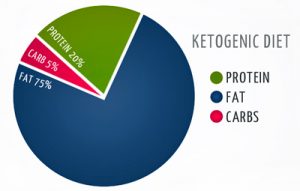
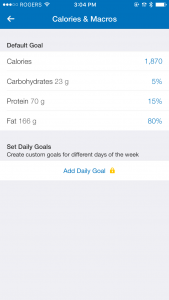


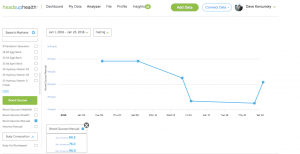
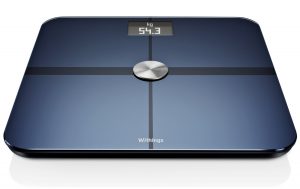
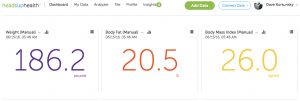



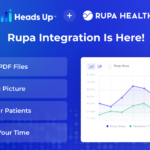


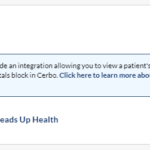

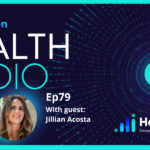
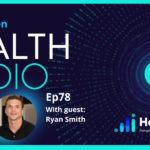
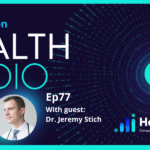
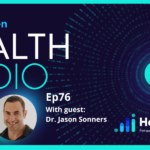
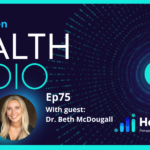
This was very valuable content and easy to understand.
Great article! I’m starting the keto diet tomorrow and this will be great help!